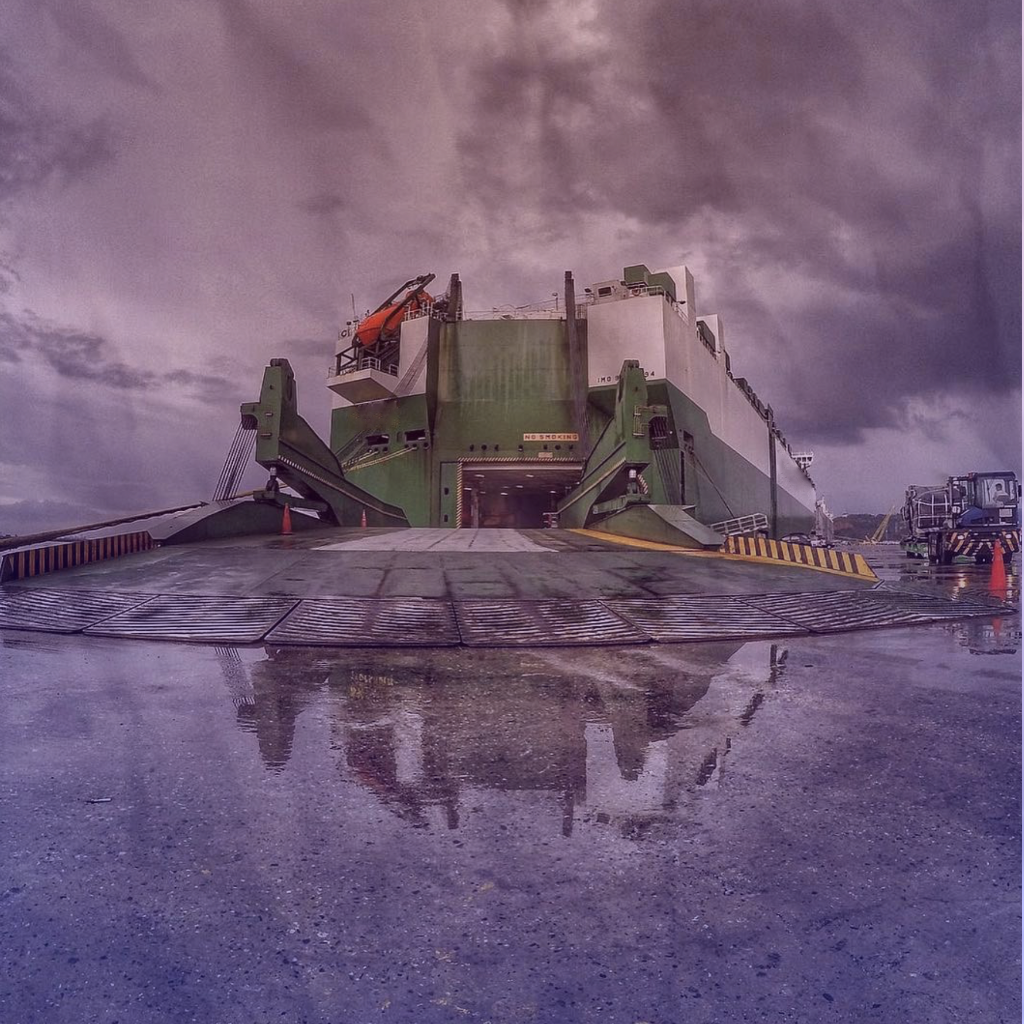
Modern Warehousing: Balancing Technology, People, Processes, and Design
While automation and advanced tools like robotics and AI often take center stage, the true backbone of a high-performing warehouse is its investment in human capital, efficient processes, and thoughtfully designed infrastructure. This blog delves into the core elements of a modern warehouse and how a balanced approach drives efficiency and adaptability in today’s competitive landscape.
The Evolution of Warehousing
From Storage to Strategic Hubs
Warehouses have evolved from static storage spaces to strategic assets enabling faster fulfillment, streamlined logistics, and data-driven decisions.
The Role of Modern Warehousing
- Support e-commerce growth with rapid order processing.
- Enable real-time inventory management.
- Adapt to omnichannel retail strategies.
Technology in Modern Warehousing
Cutting-Edge Tools
- Automation: Robotics streamline picking, packing, and sorting tasks.
- AI and Machine Learning: Optimize workflows and predict demand patterns.
- IoT and Sensors: Enable real-time monitoring of inventory and equipment.
Technology as an Enabler
While technology is transformative, it is most effective when integrated with skilled personnel and optimized processes.
People: The Heart of a Modern Warehouse
Importance of Skilled Workforce
- Adaptability: Skilled workers bring problem-solving abilities and flexibility to dynamic environments.
- Innovation: Human insights drive process improvements that technology alone cannot achieve.
Investing in Workforce Development
- Training Programs: Equip employees with the skills to manage advanced technologies.
- Ergonomic Design: Ensure workplace safety and employee well-being.
- Collaborative Culture: Foster teamwork to align with operational goals.
Processes: The Blueprint for Efficiency
Streamlining Workflows
- Lean Warehousing: Eliminate waste and optimize resource utilization.
- Standard Operating Procedures (SOPs): Ensure consistency and minimize errors.
- Real-Time Data Analytics: Use data to enhance decision-making and efficiency.
Adapting to Business Needs
Processes should be flexible enough to scale operations during peak seasons or accommodate new market trends.
Structural Design: The Foundation of Productivity
Importance of Warehouse Design
- Space Optimization: Maximize storage capacity without compromising accessibility.
- Flow Efficiency: Design layouts to minimize movement and reduce handling times.
Key Design Features
- Zoning: Separate areas for receiving, storage, picking, and shipping.
- Vertical Storage: Use high-density racking systems to save floor space.
- Automation-Friendly Layouts: Accommodate robotics and automated systems seamlessly.
The Synergy of People, Processes, Design, and Technology
Creating a Balanced Ecosystem
Success lies in the interplay of these elements:
- Technology enhances precision and speed.
- People bring adaptability and creativity.
- Processes ensure consistency and scalability.
- Structural design supports operational flow.
Real-World Examples
- Amazon: Combines cutting-edge robotics with a well-trained workforce for lightning-fast order fulfillment.
- Zara: Uses efficient processes and data analytics to align warehousing with its fast-fashion supply chain.
Challenges in Building a Modern Warehouse
Common Challenges
- High initial investment in technology and infrastructure.
- Resistance to change among employees.
- Balancing automation with human roles.
Overcoming Challenges
- Gradual implementation of technology to ease transitions.
- Continuous employee engagement and training.
- Design layouts with future scalability in mind.
The Future of Modern Warehousing
Emerging Trends
- Sustainability: Incorporate energy-efficient designs and green technologies.
- Hyper-automation: Integrating robotics with AI for end-to-end automation.
- AI-Powered Insights: Real-time predictive analytics to anticipate trends and optimize operations.
Staying Ahead
Organizations must remain agile and open to innovation, ensuring their warehouses evolve alongside industry demands.
Conclusion
A modern warehouse thrives on the synergy of technology, people, processes, and structural design. While automation can revolutionize operations, the human touch remains indispensable in driving innovation and adaptability. By investing holistically in these core elements, businesses can create efficient, scalable, and future-proof warehouses that meet the challenges of today and tomorrow.
